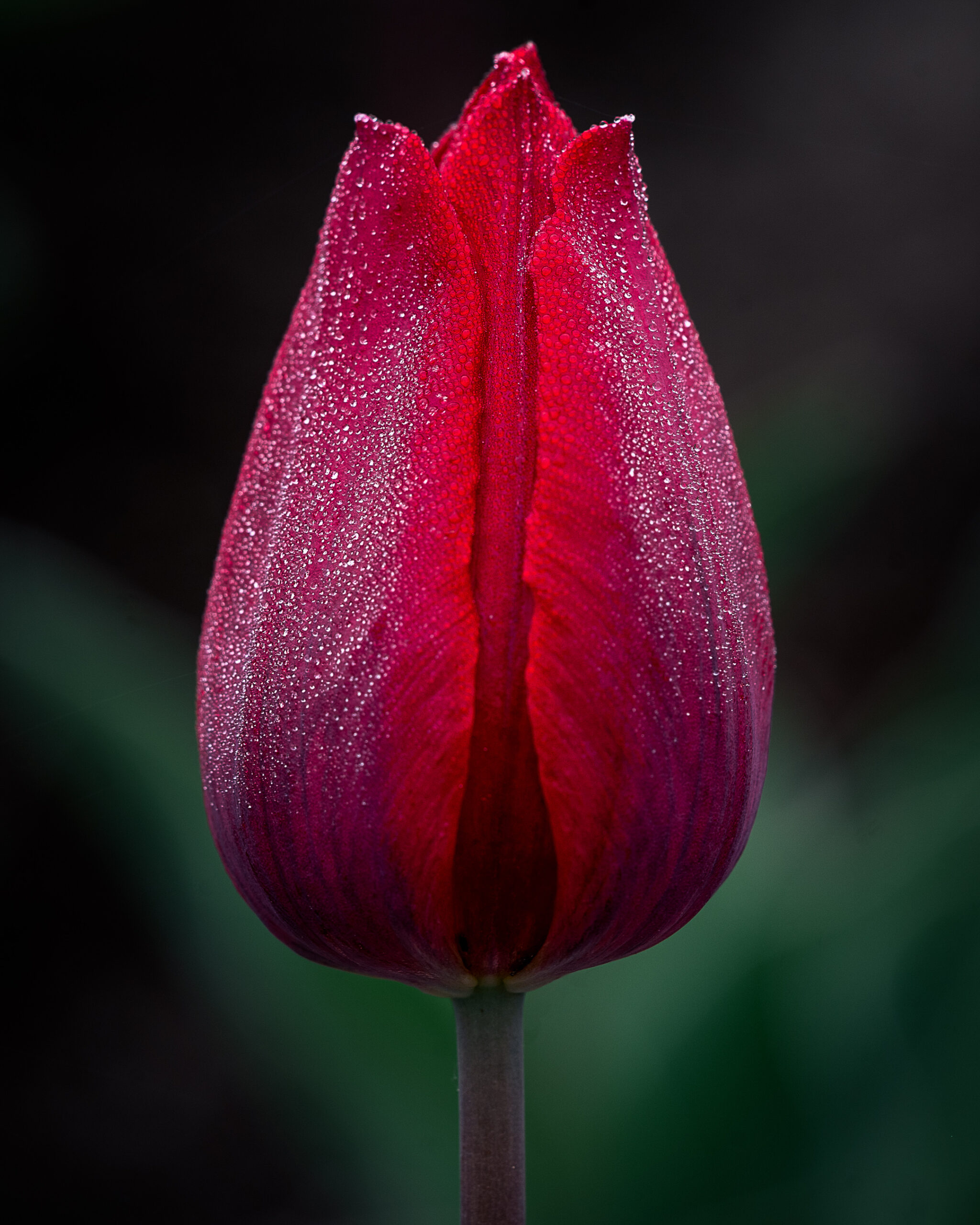I. Introduction
Gardens are a source of beauty, relaxation, and inspiration for many people. Whether you’re a professional photographer or an amateur, capturing the essence of a garden can be a wonderful creative outlet. However, finding inspiration for garden photography can be challenging at times, especially if you’re feeling uninspired or stuck in a creative rut.
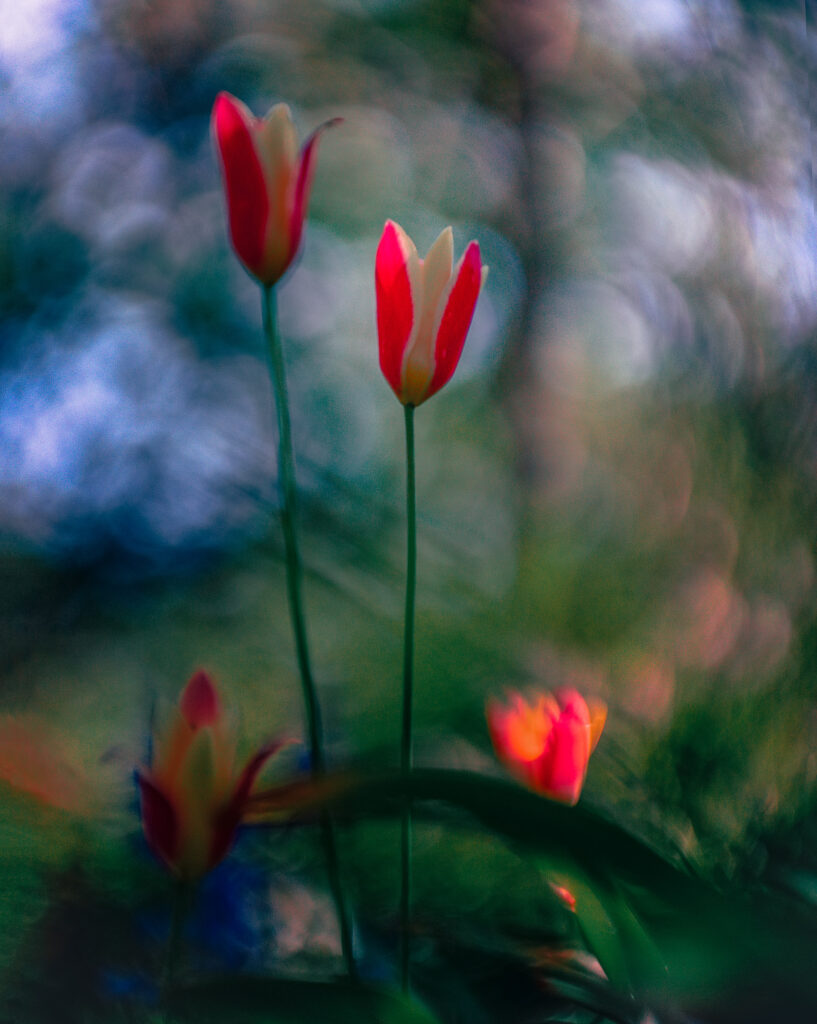
In this post, we’ll explore some of the best sources of inspiration for garden photography, including exploring your own garden, visiting botanical gardens, and browsing online. We’ll also provide some creative ideas and examples of garden photography to help get your creative juices flowing.
Whether you’re a seasoned pro or a beginner, we hope this post will inspire you to take your garden photography to the next level and capture the beauty of gardens in a new and exciting way. So let’s get started!
II. Sources of Inspiration
So, you’re ready to take your garden photography to the next level, but you’re not sure where to start looking for inspiration. Don’t worry, we’ve got you covered! Here are three great sources of inspiration to help get you started:
A. Exploring Your Own Garden
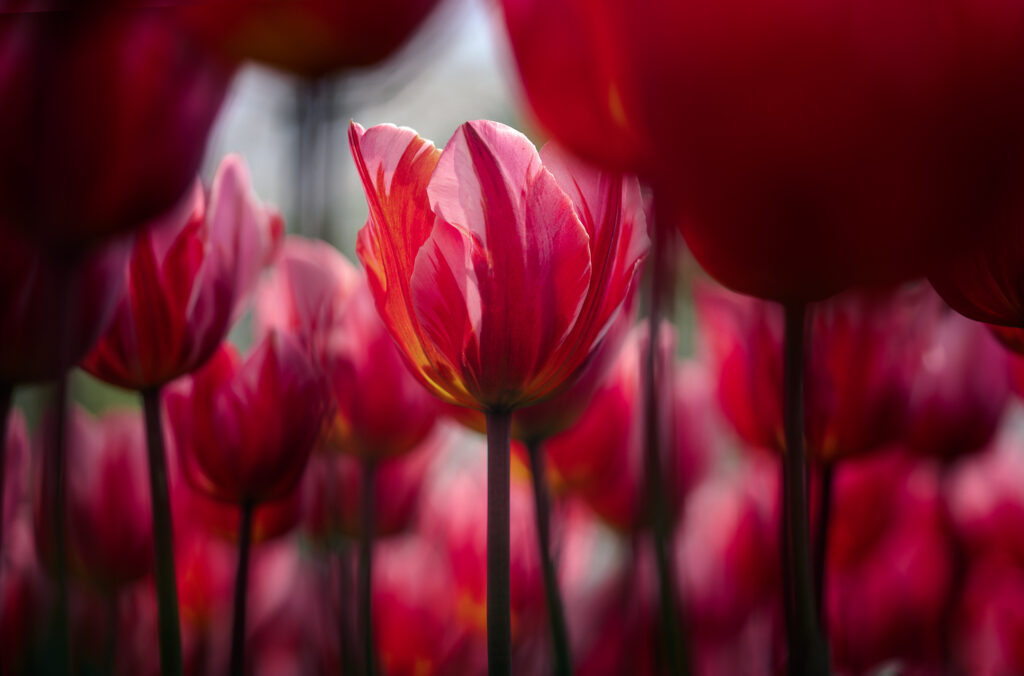
Your own garden can be a treasure trove of inspiration for your photography. Take a walk around and look for unique angles and perspectives that you may not have noticed before. Get up close and personal with your plants, and pay attention to the details – the way the light hits the leaves, the patterns and textures of the petals, and the way the colors interact with each other. Don’t be afraid to experiment with different angles and compositions to create something truly unique.
B. Visiting Botanical Gardens
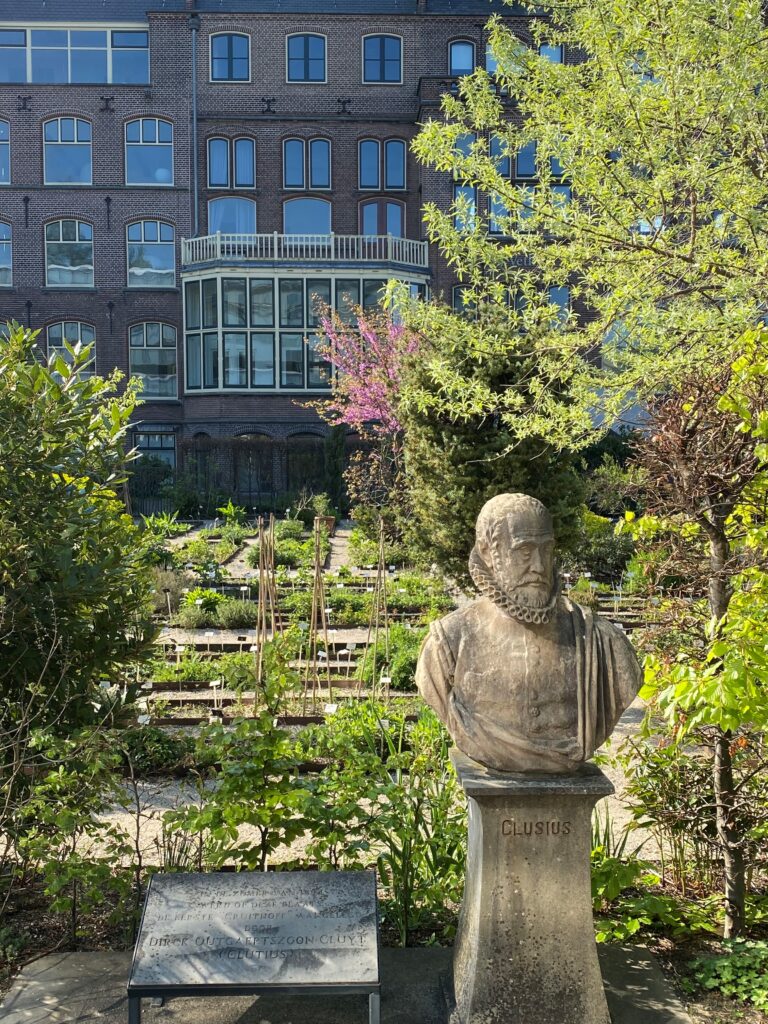
If you’re looking for even more inspiration, botanical gardens are a great place to start. Not only do they provide an opportunity to capture the beauty of different types of plants, but they also offer a range of lighting situations to experiment with. Early morning and late afternoon light can create a soft, warm glow, while midday sun can create interesting shadows and contrasts. Botanical gardens also offer a chance to see plants that you may not have access to in your own garden.
C. Browsing Online
If you’re not able to visit a botanical garden or you’re looking for even more inspiration, the internet is a great place to turn to. Social media platforms like Instagram and Pinterest are great for finding and following other photographers who specialize in garden photography. Joining photography groups and forums can also provide opportunities for feedback and collaboration with other like-minded individuals. Take some time to browse through different photographers’ work and see what catches your eye.
No matter where you turn for inspiration, remember that your own unique perspective and approach to photography is what will make your images truly stand out. So get out there and start exploring – who knows what you might find!
III. Garden Photography Ideas
Now that you’ve found some inspiration for your garden photography, it’s time to start getting creative. Here are three ideas to help get you started:

A. Macro Photography
Macro photography is a technique that involves getting up close and personal with your subjects. In the context of garden photography, this could mean focusing on the intricate details of a flower or capturing the tiny creatures that call your garden home. To achieve this effect, you’ll need a macro lens or a lens with a close-up filter. Make sure to use a tripod and focus manually to ensure you get sharp, detailed images.

B. Black and White Photography
While gardens are often associated with bright colors and lush greens, black and white photography can provide a unique perspective. Black and white images can create a sense of drama and moodiness that may not be as apparent in color images. To make the most of black and white photography in your garden, look for interesting textures and patterns, and experiment with different lighting conditions.
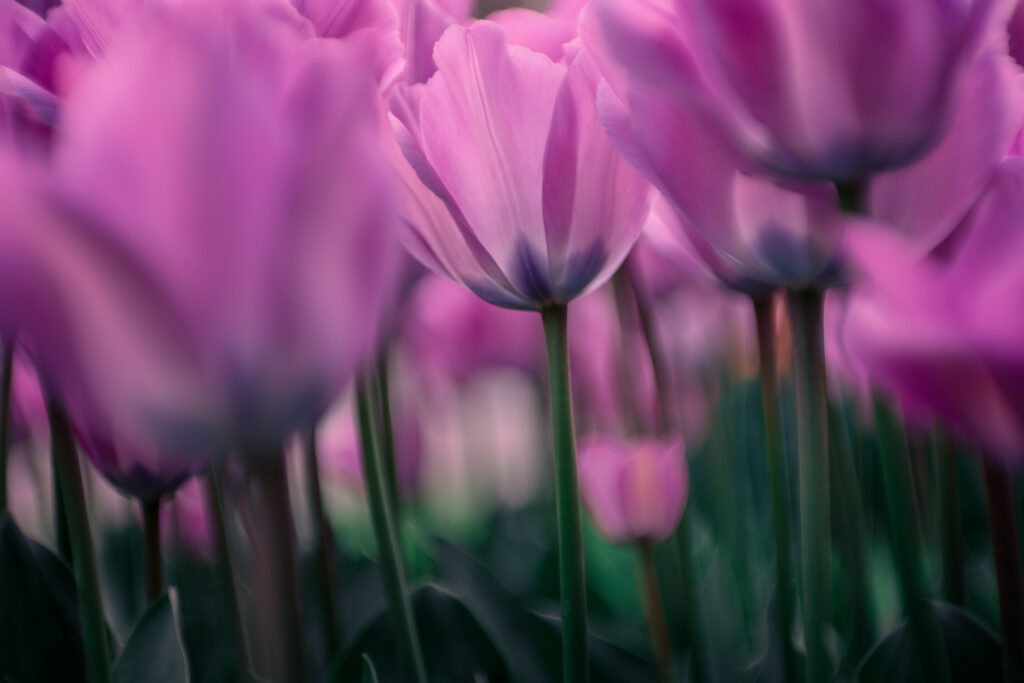
C. Creative Compositions
One of the best ways to make your garden photography stand out is to experiment with different compositions. Try shooting from unique angles or using the rule of thirds to create visually interesting images. You can also play around with depth of field to create a sense of depth and dimension in your photos. Don’t be afraid to get creative and try something new – you never know what might turn out!
Remember, the key to great garden photography is to have fun and experiment with different techniques and ideas. So grab your camera and start shooting!
IV. Examples of Garden Photography
To give you a better idea of how to apply the ideas and techniques we’ve discussed, here are some examples of garden photography to inspire you:
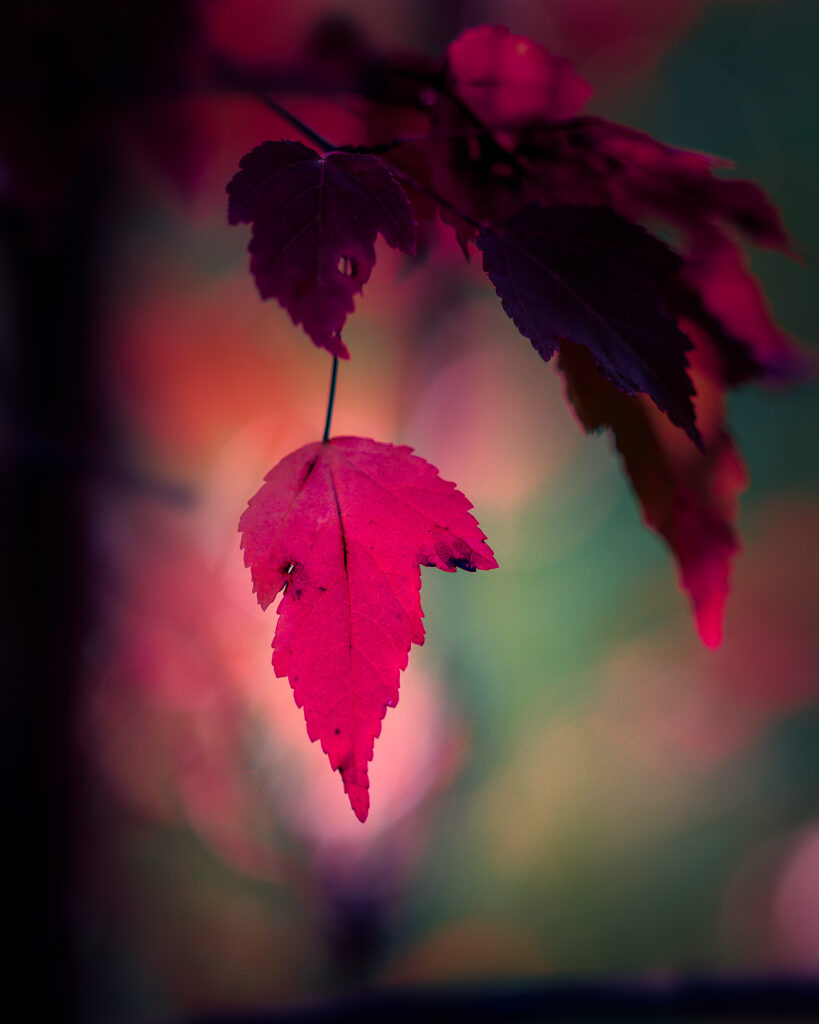
A. Macro Photography
- A close-up of a bee on a flower, capturing the details of its wings and fur.
- A droplet of water on the petal of a rose, reflecting the world around it.
- An ant crawling on a leaf, highlighting the textures and patterns of the leaf’s surface.
B. Black and White Photography
- A stark black and white image of a lone tree in a garden, emphasizing its structure and form.
- A close-up of a flower in black and white, creating a sense of contrast and moodiness.
- A shadowy image of a garden path, evoking a sense of mystery and intrigue.
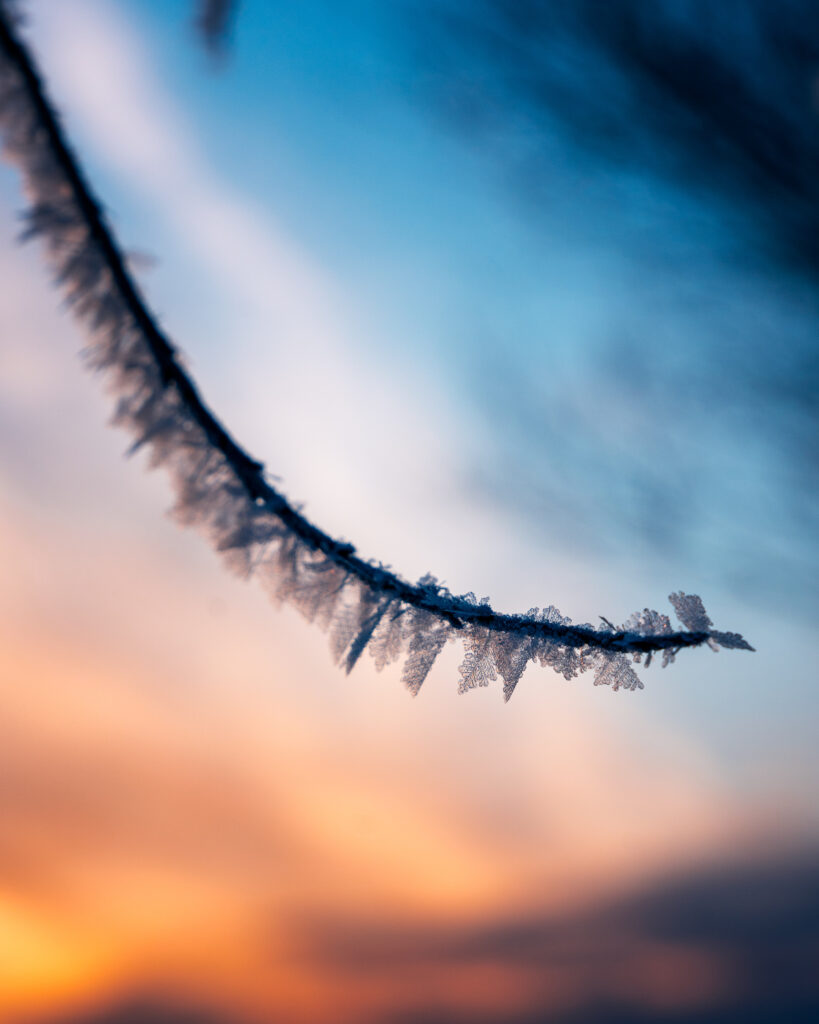
C. Creative Compositions
- A wide-angle shot of a garden, capturing the grandeur of the landscape.
- A close-up of a flower, with the rest of the garden blurred in the background.
- A photo taken from ground level, showing a unique perspective of the garden.
Remember, these are just a few examples of the many ways you can approach garden photography. The key is to experiment and find your own unique style and approach. So get out there and start shooting – you never know what amazing images you might create!
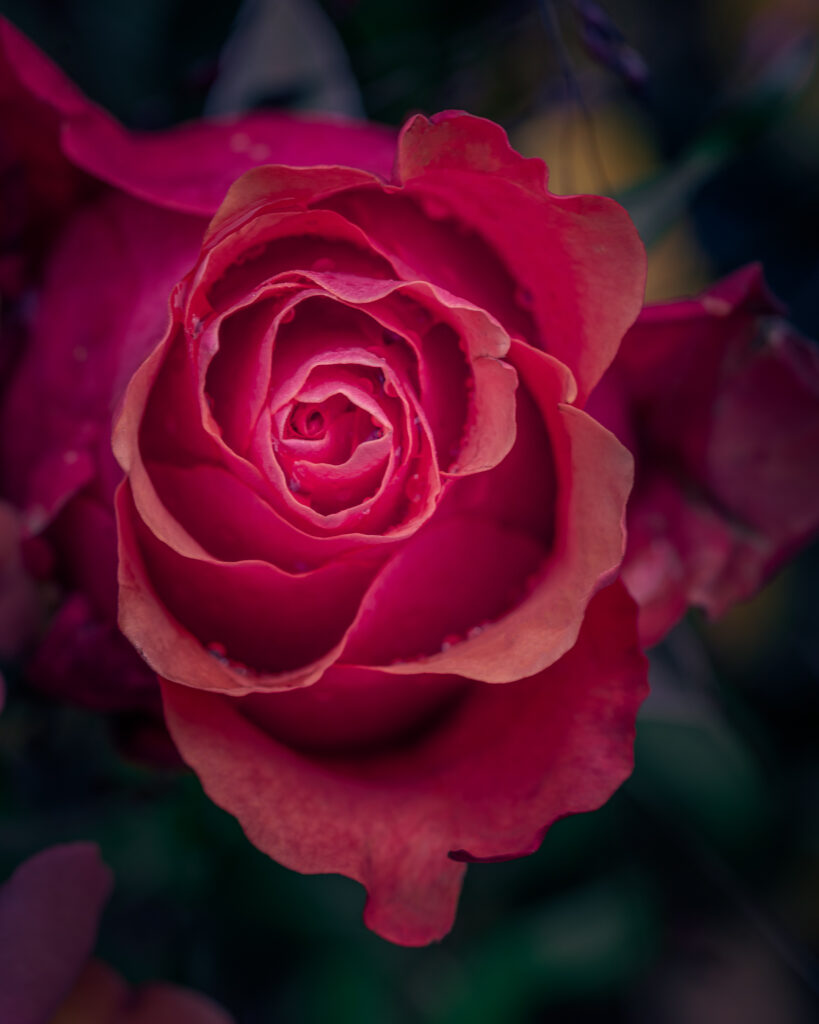
V. Final Thoughts
Garden photography can be a wonderful way to capture the beauty of nature and express your creativity. Whether you’re a beginner or an experienced photographer, there are always new techniques and ideas to explore.
Remember, the most important thing is to have fun and experiment with different approaches. Use the inspiration and ideas we’ve provided to create your own unique style and perspective on garden photography.
And don’t forget, practice makes perfect. Keep shooting and don’t be afraid to make mistakes – they can often lead to unexpected and wonderful results.
We hope this guide has inspired you to explore the world of garden photography and capture the beauty of the natural world in your own unique way. Happy shooting!
